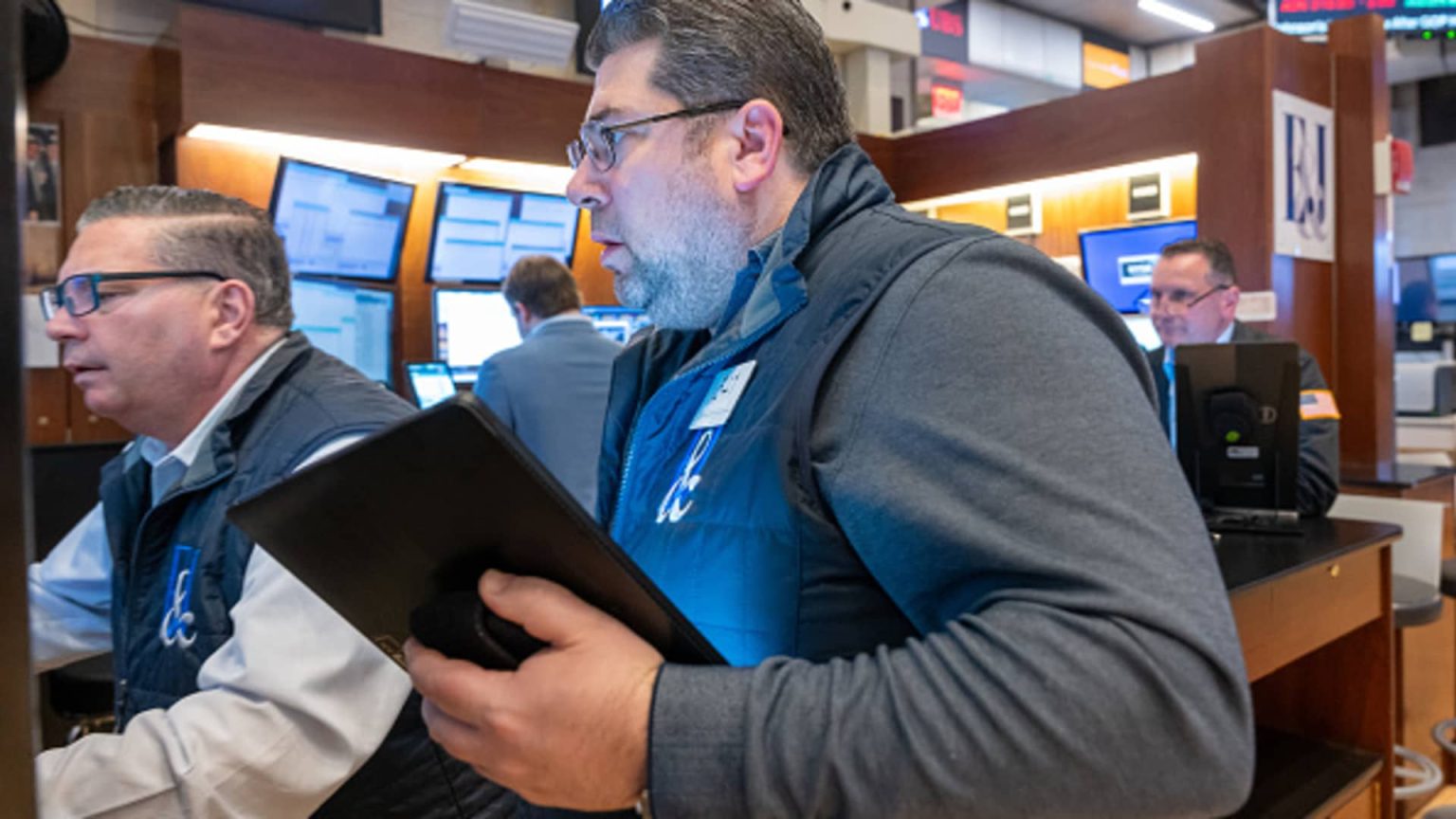The stock market has experienced a significant pullback after five straight winning months without a 2% decline. This setback in the S & P 500 has been attributed to various factors, including sticky inflation, rising Treasury yields, seasonal headwinds, and geopolitical conflict. The elevated valuation and over-optimistic sentiment that built up over the previous rally have also contributed to the current market retrenchment. The dominant momentum leadership has unwound, leading to a rotation out of big-tech winners and into less-loved value sectors.
Market indicators suggest that a bounce may be on the horizon, as the Nasdaq Composite has dropped nearly 8% and grown oversold, while market breadth readings and elevated put-option volumes hint at a potential snapback attempt. However, it is crucial to note that extremes can always grow more extreme, and severe liquidation-type selloffs often start with oversold readings. Sentiment indicators currently show increasing caution but have not yet reached outright fear mode. Historically, about 40% of all 5% market pullbacks have deepened into full 10% corrections. Warren Pies, co-founder of 3Fourteen Research, notes that buying dips after market corrections has been a consistent winner from 2009 to 2021.
The recent pullback in the market has led to a decline in the S & P 500’s forward multiple from 21 to 20, indicating that stocks are not cheap by any definition. Bond yields have played a significant role in smothering any broadening action in the market, with cash-rich, secular-growth mega-caps being deemed defensive against macroeconomic fluctuations. Big Tech continues to dominate the earnings-momentum scoreboard, with significant upward profit revisions. With Treasury yields taking a breather on Friday, energy and traditional defensive groups, along with financials, were the main leaders in the market, reflecting a potential rotation in response to economic resilience.
As the market prepares for the heaviest week of big-cap earnings reports, the upcoming PCE report will mark inflation relative to the Fed’s target. This leaves open the prospect of another narrative shift in a potentially less-hawkish direction, given the market’s assumptions of an indomitable consumer and a higher-for-longer rate assumption. It is essential to keep an eye on investors’ expectations and positioning, as well as the overall sentiment in the market, to gauge the potential for a rebound in the coming weeks. While the market has retraced some of its gains, it remains to be seen whether this pullback will lead to a significant correction or if the market will recover and make a tentative peace with current economic conditions.













